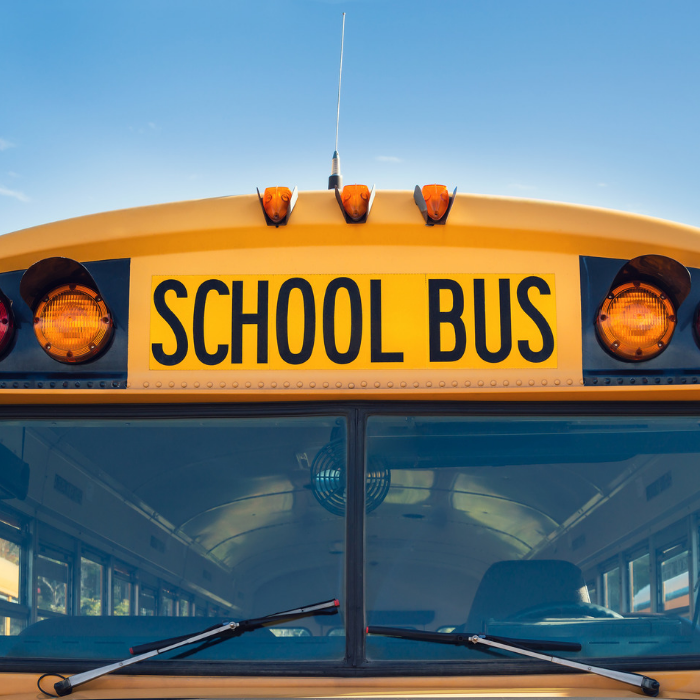Florida has the 3rd largest public school system in the country, serving more than 2,870,507 students in the 2022-2023 school year.
52.2% of Florida students were considered economically disadvantaged. (Florida Department of Education)
For the 2020-2021 school year, Florida’s students self-reported as 35% Hispanic, 36.3% White, 21.6% Black, 3.9% two or more races, 2.8% Asian, and .2% Pacific Islander.
There were 163,558 teachers in the public schools, or roughly one teacher for every 17 students, compared to the national average of 1:16. It is estimated that Florida has over 340,000 full-time staff members. This includes: 202,500 instructional staff and 46,000 college professors and administrators – making Florida’s public school system one of the largest employers in the state and, often, the largest employer in each county. District and school administrators make up about 3.9% of all public school employees.
There are 69 school districts in Florida. 67 match, geographically, with Florida’s 67 counties. In comparison, in 2019-202, California had 1,037 and Texas had about 1,029 school districts.
For the 2020-2021 school year, 9.6% of Florida students were classified as English Language Learners and 14.9% as ESE (exceptional student education).
There are more than 4,202 public schools in Florida, including elementary schools, middle schools, high schools, ESE centers, alternative schools, vocational/technical, and adult centers.
Among the 50 states, Florida has the 2nd largest number of students assigned to each elementary school and exceeds the national average by nearly 200 students per school. Florida has the largest number of students assigned to each secondary school and exceeds the national average by 750 students per school.
The average cost (not including land purchase) to build a regular elementary school is about $16 million, a regular middle school costs about $27 million, and a regular high school costs about $55 million.
School boards and districts have a massive, direct effect on local economies throughout the state through employment and payroll. The school district is the largest employer in 46 counties and the second largest in 15 counties and is in the top ten employers all 67 counties.




